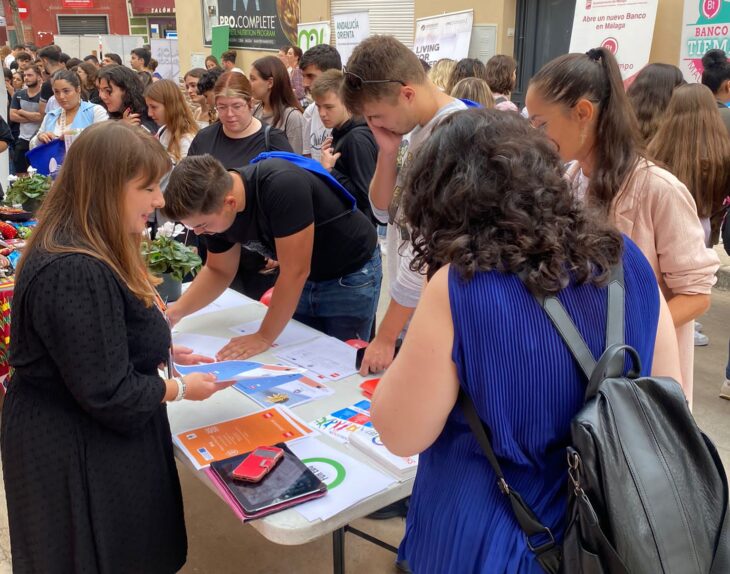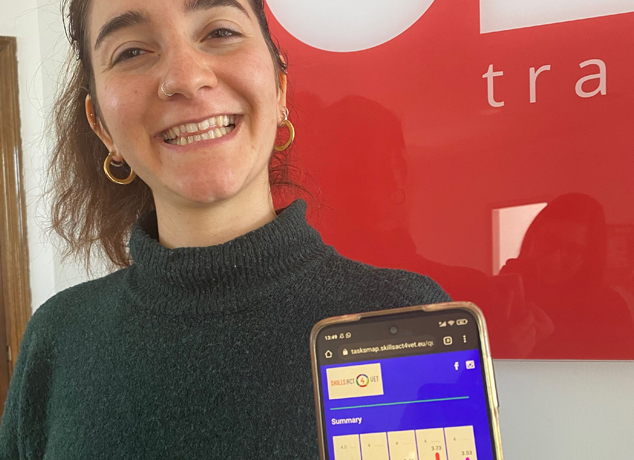Andalucia is the most southern region of Spain and is composed of 8 provinces (Almería, Cadiz, Cordoba, Granada, Huelva, Jaén, Malaga and Seville) and is the most populated in Spain with over 8 million inhabitants.
Its charm is already evident in the etymology of the name: the term Andalusia derives from the Arabic word al-andalus, a name given to the territories of the Iberian peninsula under the Islamic government from 711 to 1492, which was then introduced into the Castilian language during the 13th century in the form ‘el Andalucìa’.
Andalusia amazes and fascinates with its warm sun, the Arabian architecture, its friendly inhabitants, the pathos expressed by flamenco and has a long history marked by the passage of different peoples and civilizations, such as the Arabs, the Romans and the Phoenicians.
It is a land that has a lot to offer to its visitors: from international cities to villages that stand out on the coast and that seem to have remained intact over the centuries to the exemplars of the Islamic past of its territory.
Costa del Sol is in the central part of southern Andalusia, where nature, with its splendid stretch of sand and unspoiled landscapes, reveals its grandiosity and where over a million people live.
The climate is particularly pleasant: mild winters and hot summers with an average of about 300 days of sunshine a year make it a very popular tourist destination; in fact, from a quiet area consisting mainly of small settlements of fishermen, Costa del Sol is now visited by tourists and travelers from all over the world and throughout the year. This region extends into the province of Malaga, which is the capital and also the most important and largest city, with nearly 600,000 inhabitants.
Malaga, birthplace of Pablo Picasso, full of history and cultural ferments, offers the opportunity to live many different experiences: you can visit prestigious museums, admire breathtaking views from the fortresses that dominate the city, stroll in the parks and tree-lined avenues, spend a few hours on its long beaches.
In the heart of the Costa del Sol, Malaga is in fact a cosmopolitan city and a precious custodian of culture and traditions: walking through ancient streets and large tree-lined avenues we find, among others, the Roman theater, the Muslim fortress Alcazaba and the castle of Gibralfaro. An important historical city with a very intense and engaging cultural life: from Picasso’s museum and his house, which can be visited, to over 30 museum structures, among which the Museum of Fine Arts, the Center for Contemporary Art, the Pompidou.
Furthermore, Malaga is not only a climate-friendly city (the most daring visitors take a swim in October and November) but it is also a welcoming and warm place from a human point of view: friendliness, the desire to have fun, the ability to welcome tourists and visitors with a spirit of hospitality and light-heartedness are characteristic features of this people and are what makes everyone feel at home.
This is what happens to students and teachers who arrive every day from all over Europe: they are welcomed by the staff of our Tribeka training agency, based in the heart of Malaga, to experience training experiences such as internships, language courses, professional visits and to get involved in this special atmosphere.
Written by Anna Carla Ronchi



















